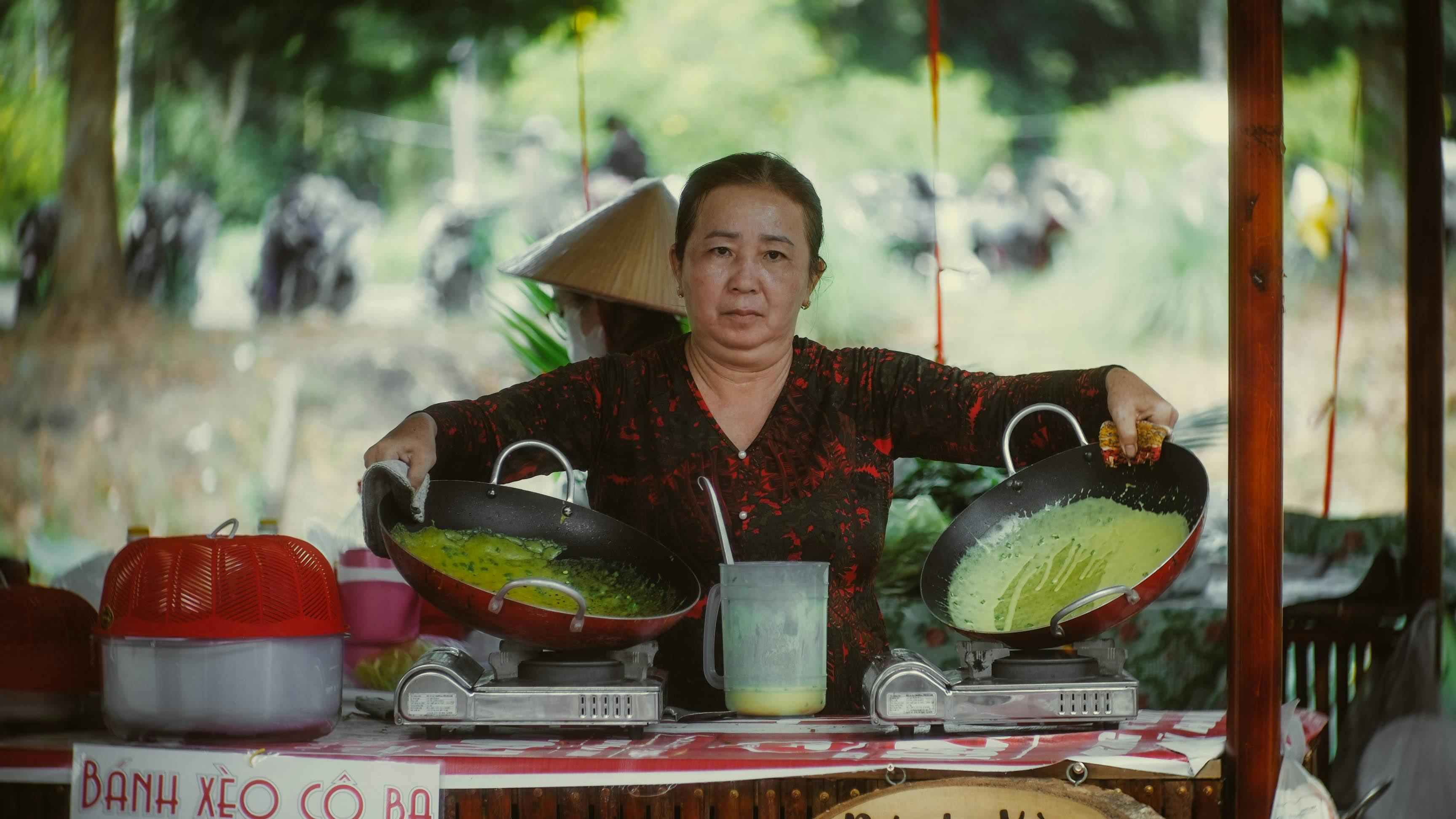Culinary Cartography: Mapping Cities Through Flavor
Embark on a gastronomic journey that redefines travel experiences. Culinary cartography, an innovative approach to exploring cities, invites adventurers to navigate urban landscapes through their taste buds. This flavorful trend transforms the way we perceive and remember destinations, creating lasting memories anchored in local cuisines. Discover how food becomes the ultimate tour guide, revealing hidden cultural gems and authentic experiences that traditional sightseeing often misses.

Decoding a City’s DNA Through Dishes
Every city has a unique flavor profile, shaped by its history, geography, and cultural influences. Culinary cartography allows travelers to decode this gastronomic DNA, offering insights that go beyond surface-level tourism. For instance, the prevalence of seafood dishes in coastal towns reflects their maritime heritage, while the fusion cuisines of metropolitan hubs tell stories of migration and cultural exchange. By focusing on local specialties and traditional cooking methods, travelers gain a deeper understanding of a destination’s identity and values.
The Art of Creating a Culinary Map
Crafting a culinary map requires a blend of research, local insights, and adventurous spirit. Start by identifying iconic dishes and their origins within the city. Next, plot out neighborhoods known for specific cuisines or dining experiences. Include a mix of establishments – from street food vendors and local markets to fine dining restaurants and hidden gems. Consider factors like seasonality, as many cities have dishes that are closely tied to certain times of the year. Engage with local food experts, chefs, and residents to uncover lesser-known spots that truly capture the essence of local flavors.
Beyond Eating: Interactive Food Experiences
Culinary cartography extends beyond mere consumption. Many cities now offer interactive food experiences that allow travelers to engage more deeply with local culinary traditions. Cooking classes led by local chefs, food photography tours, and market visits with culinary historians are becoming increasingly popular. These experiences not only educate travelers about ingredients and techniques but also provide cultural context, making the exploration of a city’s food scene a truly immersive adventure.
The Impact on Local Communities and Economies
The rise of culinary cartography has significant implications for local communities and economies. By highlighting diverse food offerings across different neighborhoods, this trend can help distribute tourism revenue more evenly throughout a city. It also encourages the preservation of traditional culinary practices and supports small, family-owned businesses that might otherwise be overlooked. Additionally, as travelers seek out authentic local experiences, there’s a growing emphasis on sustainable and ethical food practices, benefiting both the environment and local producers.
Savoring the Journey: Tips for Culinary Cartographers
• Research local food blogs and social media accounts for up-to-date recommendations
• Learn basic food-related phrases in the local language to enhance your ordering experience
• Be open to trying unfamiliar dishes – they often hold the key to understanding local culture
• Document your culinary adventures through photos or a food journal
• Participate in food tours led by locals for insider knowledge and hidden gems
• Visit local markets to observe everyday food culture and interact with vendors
• Consider dietary restrictions and food safety when planning your culinary map
Culinary cartography represents a paradigm shift in how we experience and remember cities. By mapping urban landscapes through their flavors, travelers gain a richer, more nuanced understanding of destinations. This approach not only satisfies the palate but also nourishes the mind and soul, creating lasting connections with places through the universal language of food. As we continue to seek more meaningful travel experiences, culinary cartography stands out as a delicious way to explore the world, one bite at a time.





